
Tips for keeping your indoor plants healthy and thriving
Welcome to the Topic “Tips for keeping your indoor plants healthy and thriving”
You may do all the research on the greatest indoor plants in the world, but if you don't follow the correct care procedures, you'll have a difficult time keeping your green buddies healthy and robust.
Every plant has its own peculiarities. Learning what things are is critical, but so is understanding the fundamentals of basic house plant care, such as how often to water your indoor plants and what it signifies when the tips of their leaves begin to turn brown.
We've got you covered in terms of where to begin. We've put up this fast and easy home plant care guide, along with hints and troubleshooting guidance, to help you be the best plant parent you can be.
Water
Plants need four essential elements: air, soil, sunshine, and water. Overwatering, on the other hand, is one of the most frequent killers of indoor plants. Too much water effectively drowns a plant's roots, causing them to decay and, as a result, preventing the plant from drinking the water. The easiest technique to water almost any plant is to first test the soil saturation by inserting your finger into it.
Water your plant just when you can press your finger into the soil and feel that it is dry up to your knuckle (middle of the finger). If the soil is soggy, let it dry out for a bit longer before watering.
Select the Best Soil
Most plants thrive on standard potting soil. Vermiculite, perlite, and peat moss are common ingredients, as are elements including nitrogen, phosphate, potassium, calcium, magnesium, and sulfur. Many indoor gardeners choose to include organic components in their growth mix.

These unique soil combinations often contain completed compost, peat, leaf mold, and super-rich garden soil. A tailored medium retains moisture better than soilless mixes and adds natural nutrients and beneficial bacteria.
Sunlight
Yes, all plants need sunlight, but various plants prefer varying amounts of light. Some are adapted to open exposure to harsh sunlight, but others thrive in the shade when growing in the wild. Examine your unique plant varieties to see whether they need direct sunshine, indirect sunlight, or shade.
If they need direct light, set them on a windowsill or as near to a south-facing window as possible. If they need indirect lighting, set them a meter or two away from the window. If they need shade, locate a cool and shaded (but not gloomy) location for them.
Purchase from a reputable seller.
Purchase your plants from a trustworthy supplier, such as Chhajed Garden, your favorite local garden shop, and specialist stores or florists. Buying from a business that has plant specialists on-site means they can answer all of your inquiries. Most individuals who sell or deal with plants like talking about them. We certainly do.
If you're a first-time plant parent, avoid huge department shops and supermarkets where plants are often housed in basements or gloomy warehouses. Yellow leaves, powdery mildew, weird patches, brown tips, and weak stems are all indicators of an ill plant.
Sources
https://www.nbcnews.com/better/lifestyle/how-keep-your-indoor-plants-alive-ncna1073646
https://www.ourstate.com/6-tips-to-keep-your-indoor-plants-thriving/
Have any questions regarding the topic "Tips for keeping your indoor plants healthy and thriving" feel free to comment below.

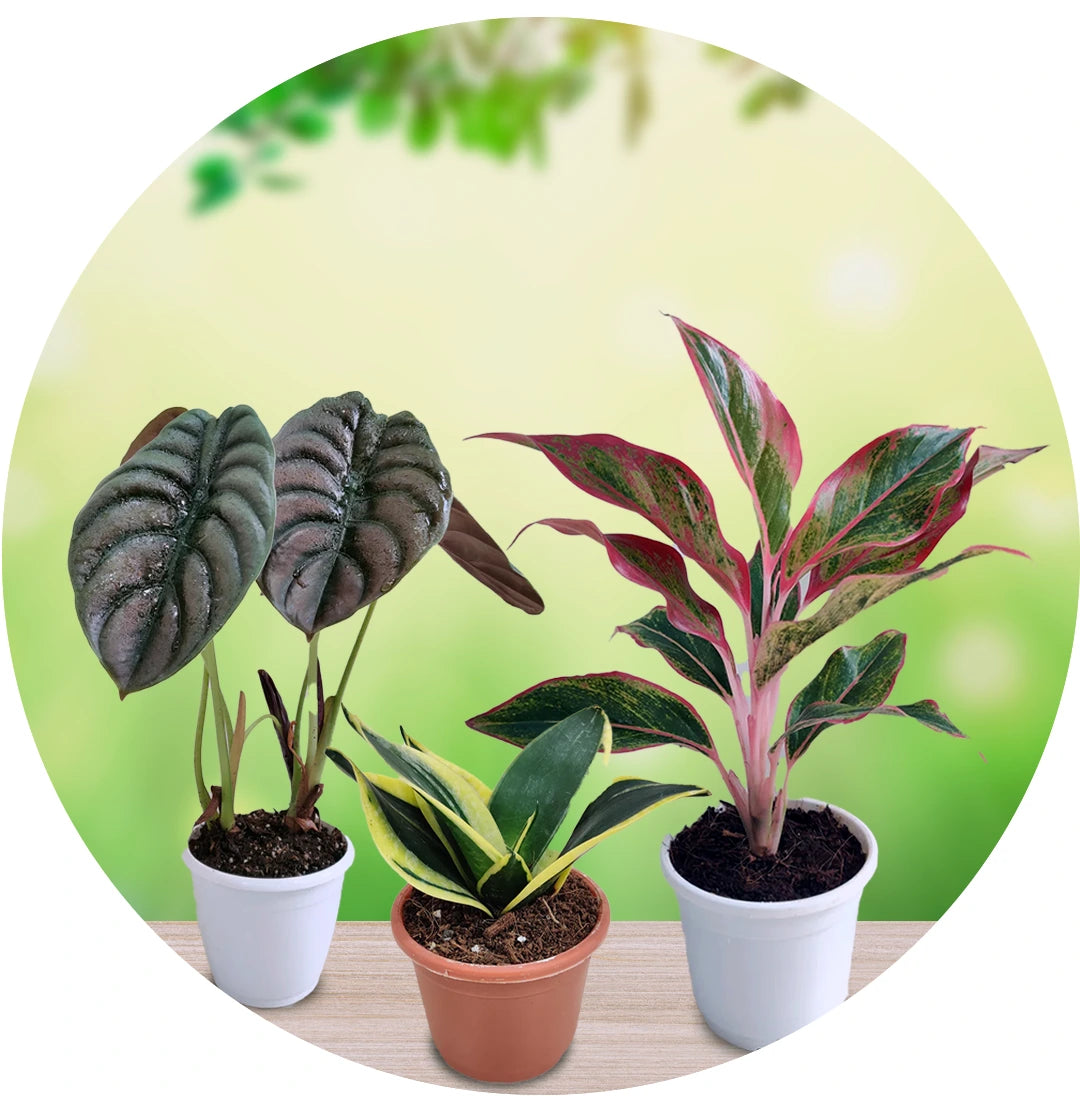
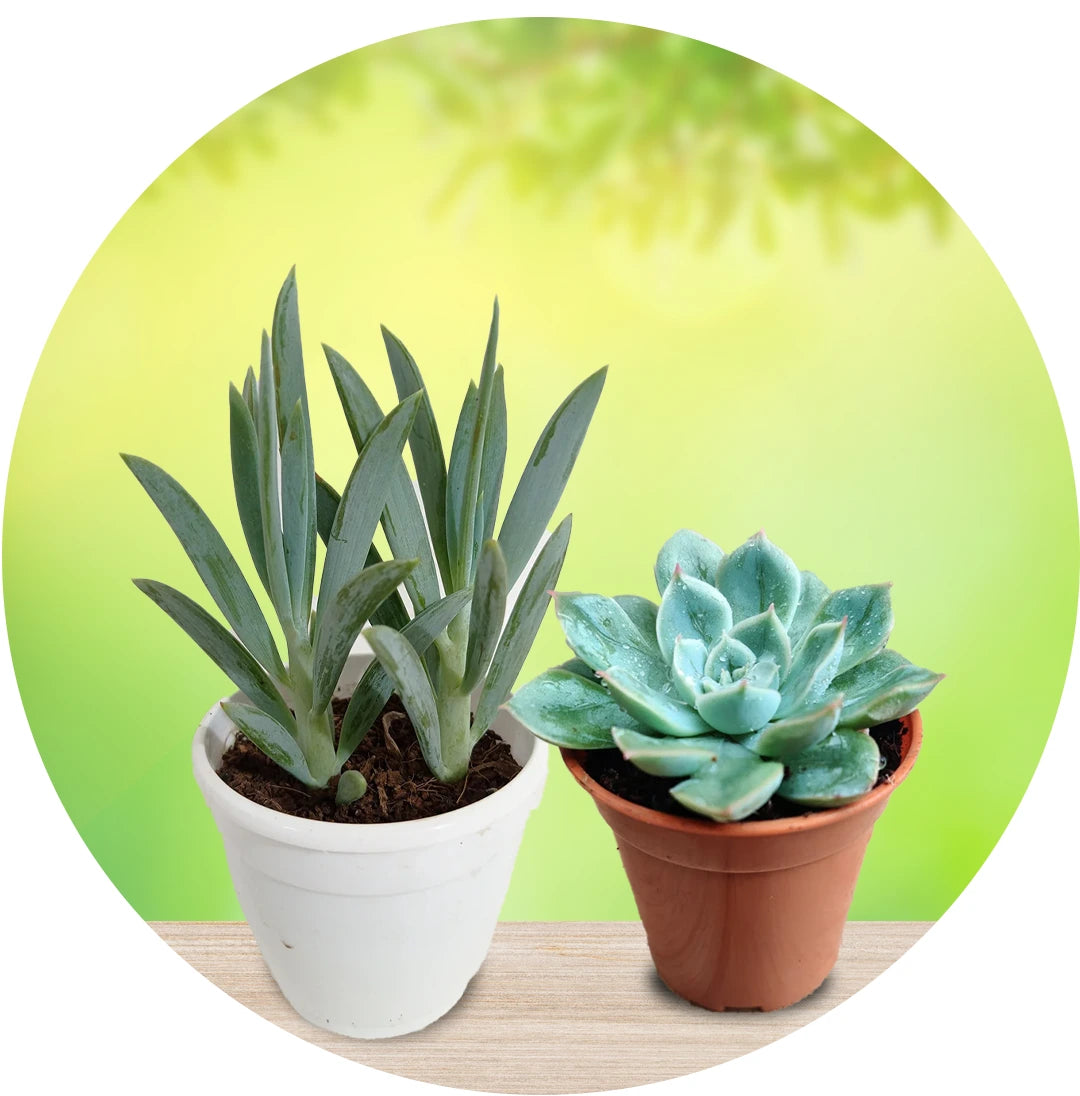
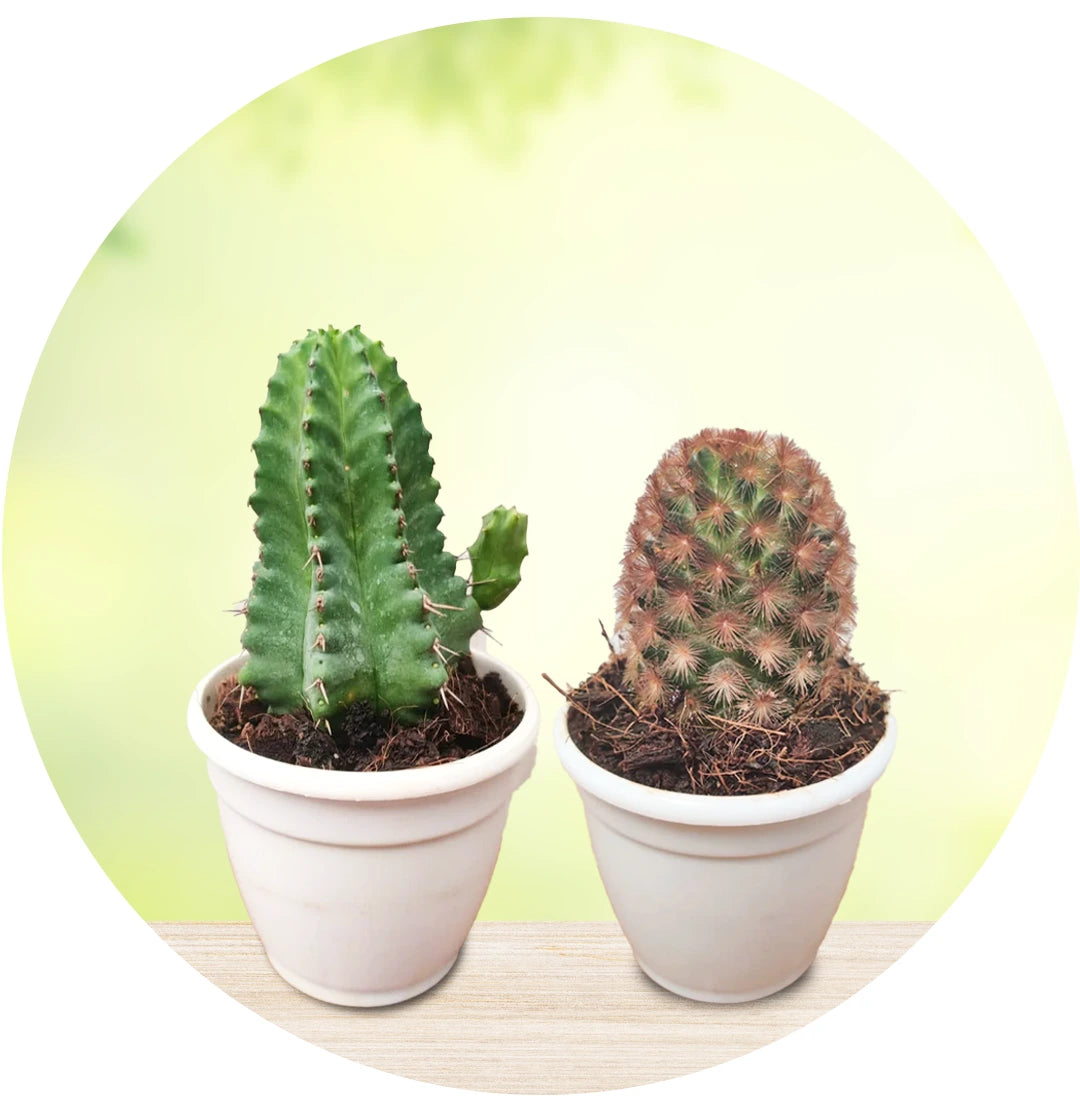
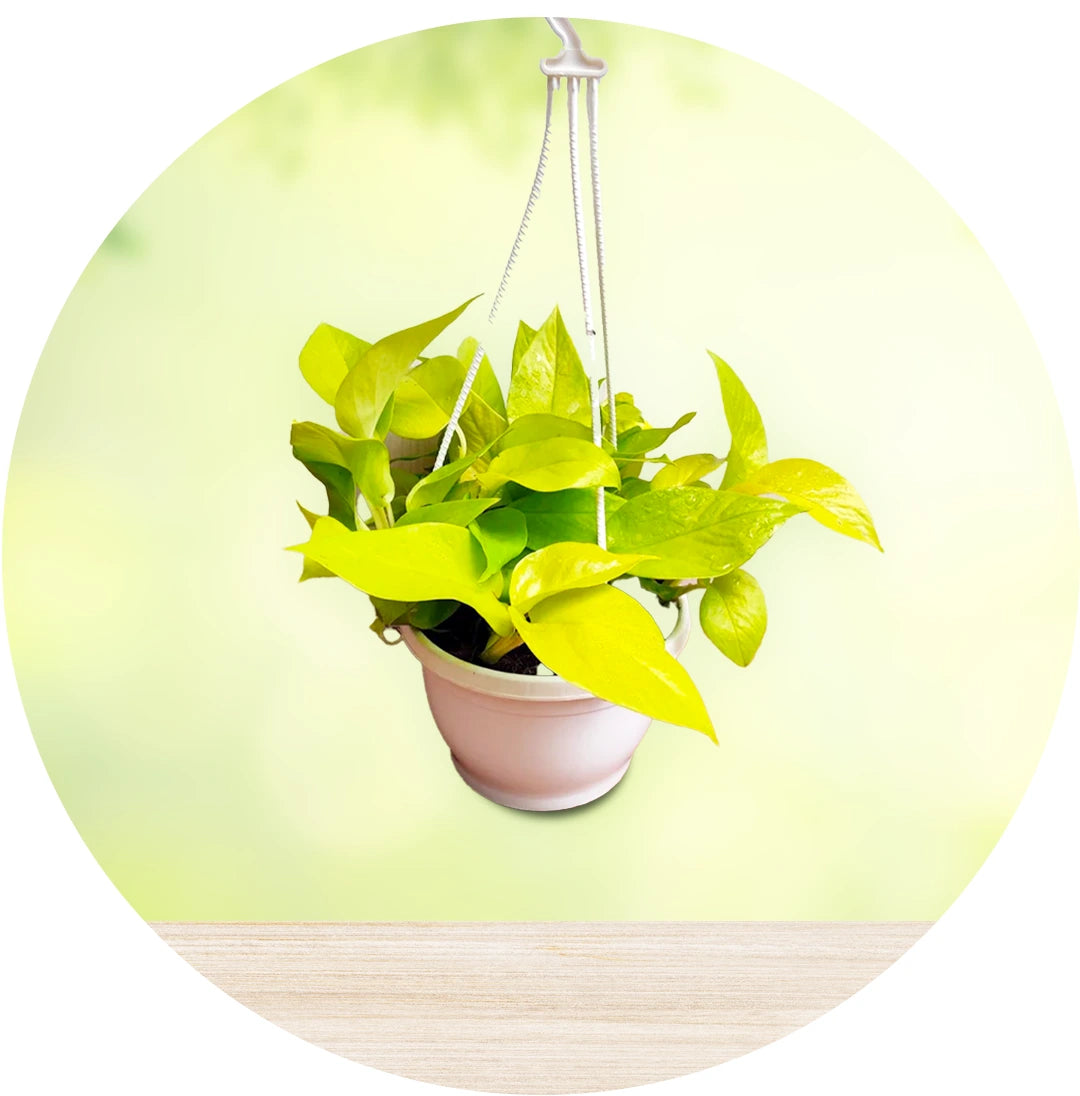
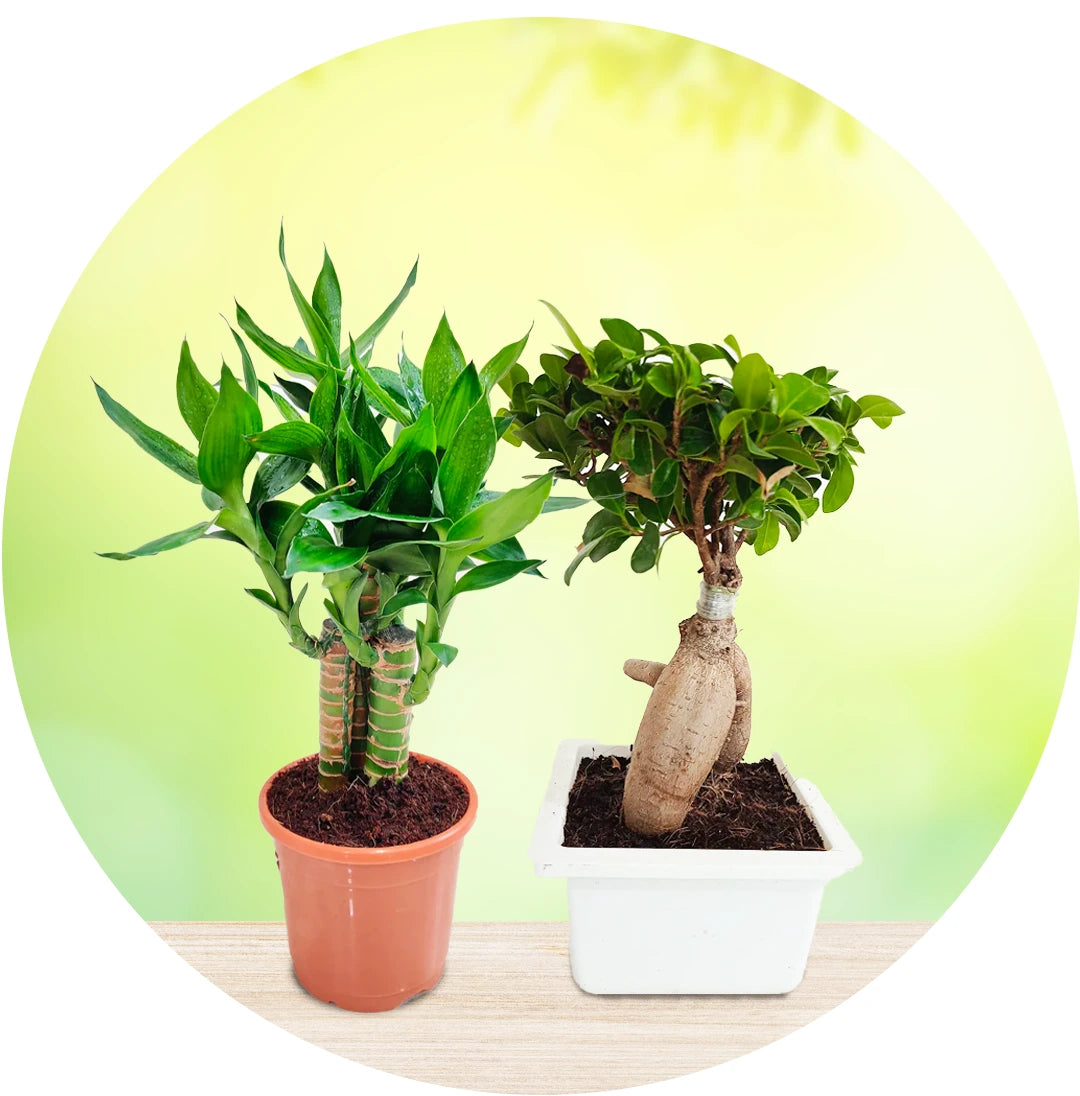
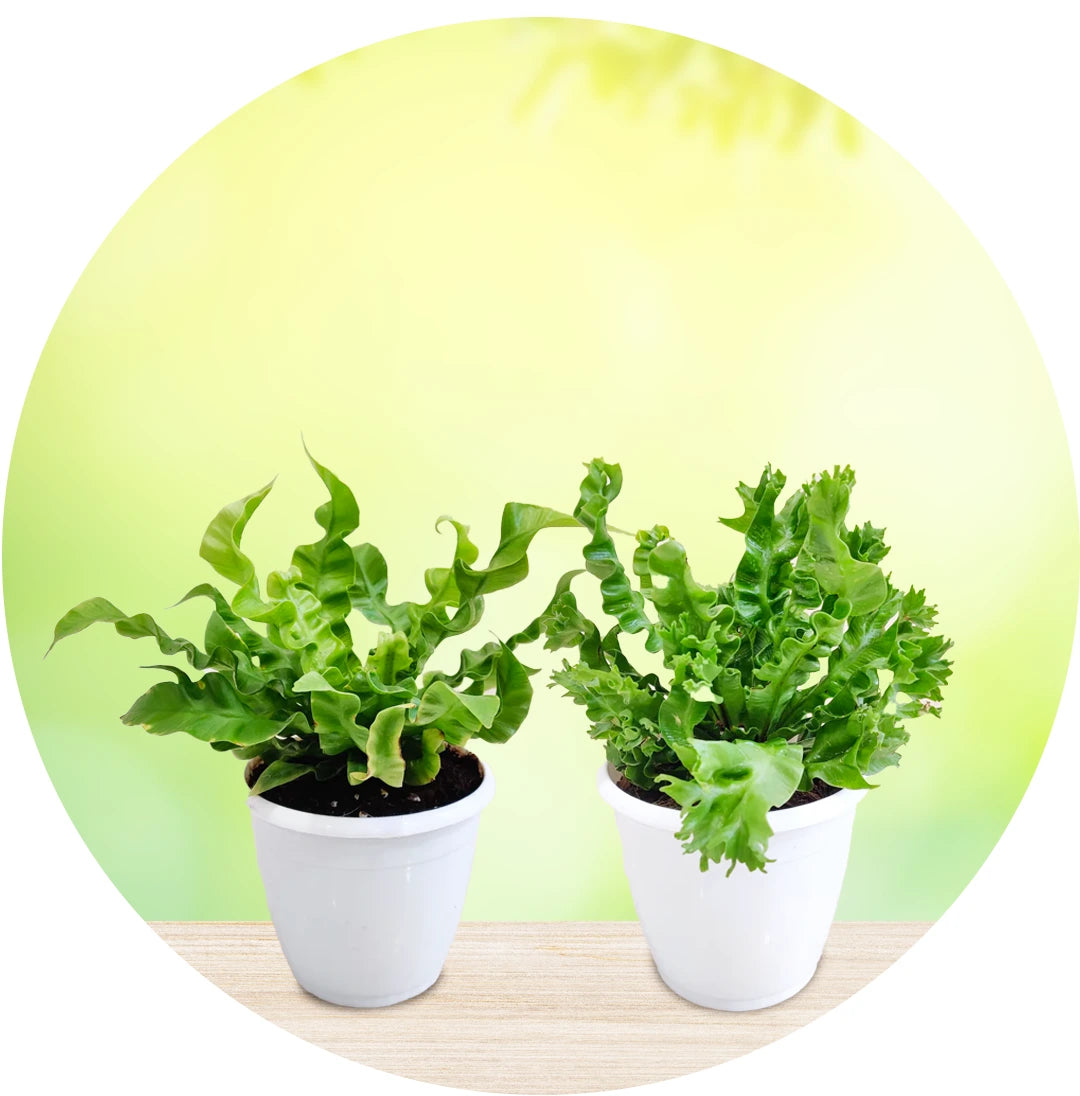
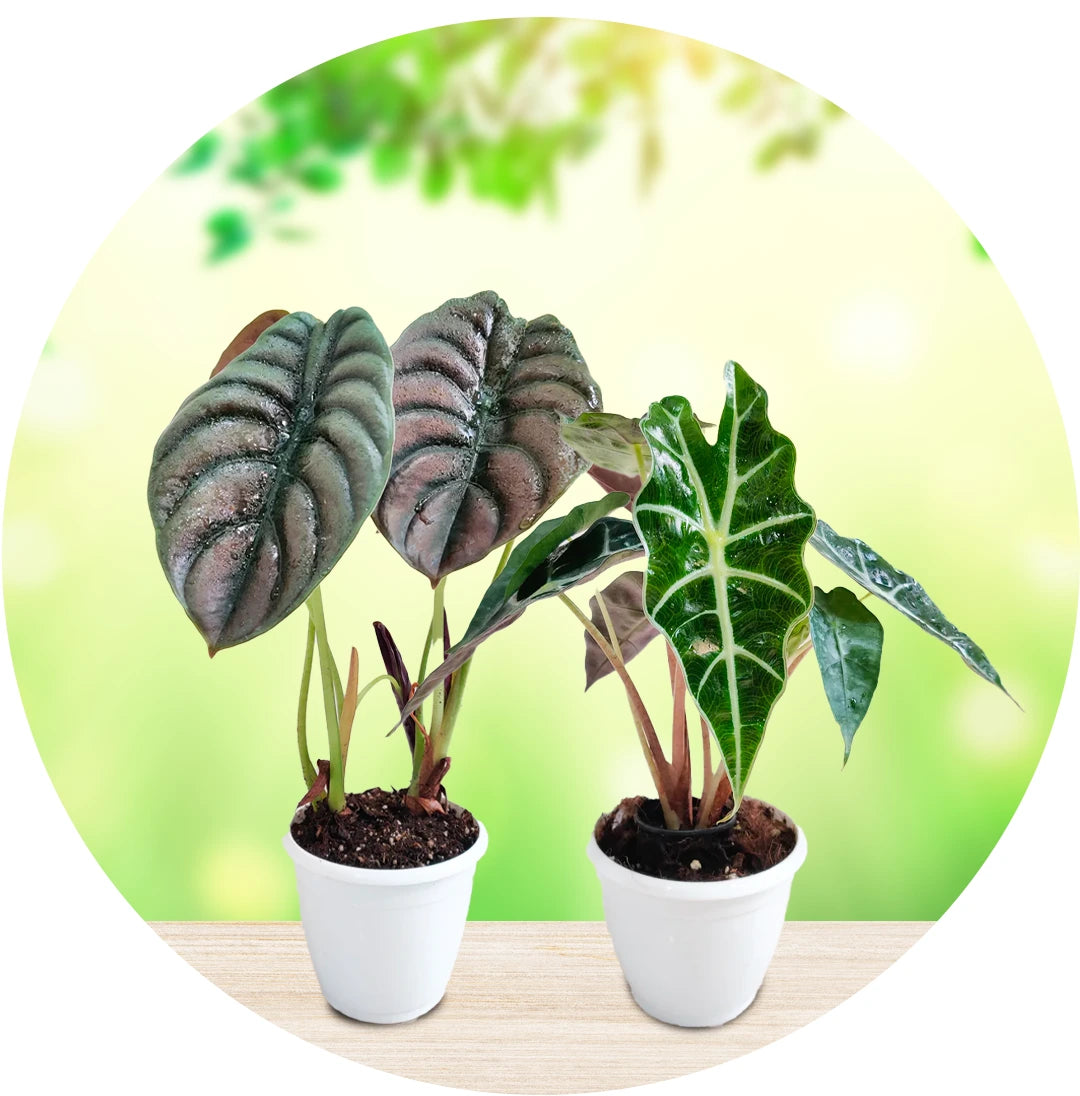
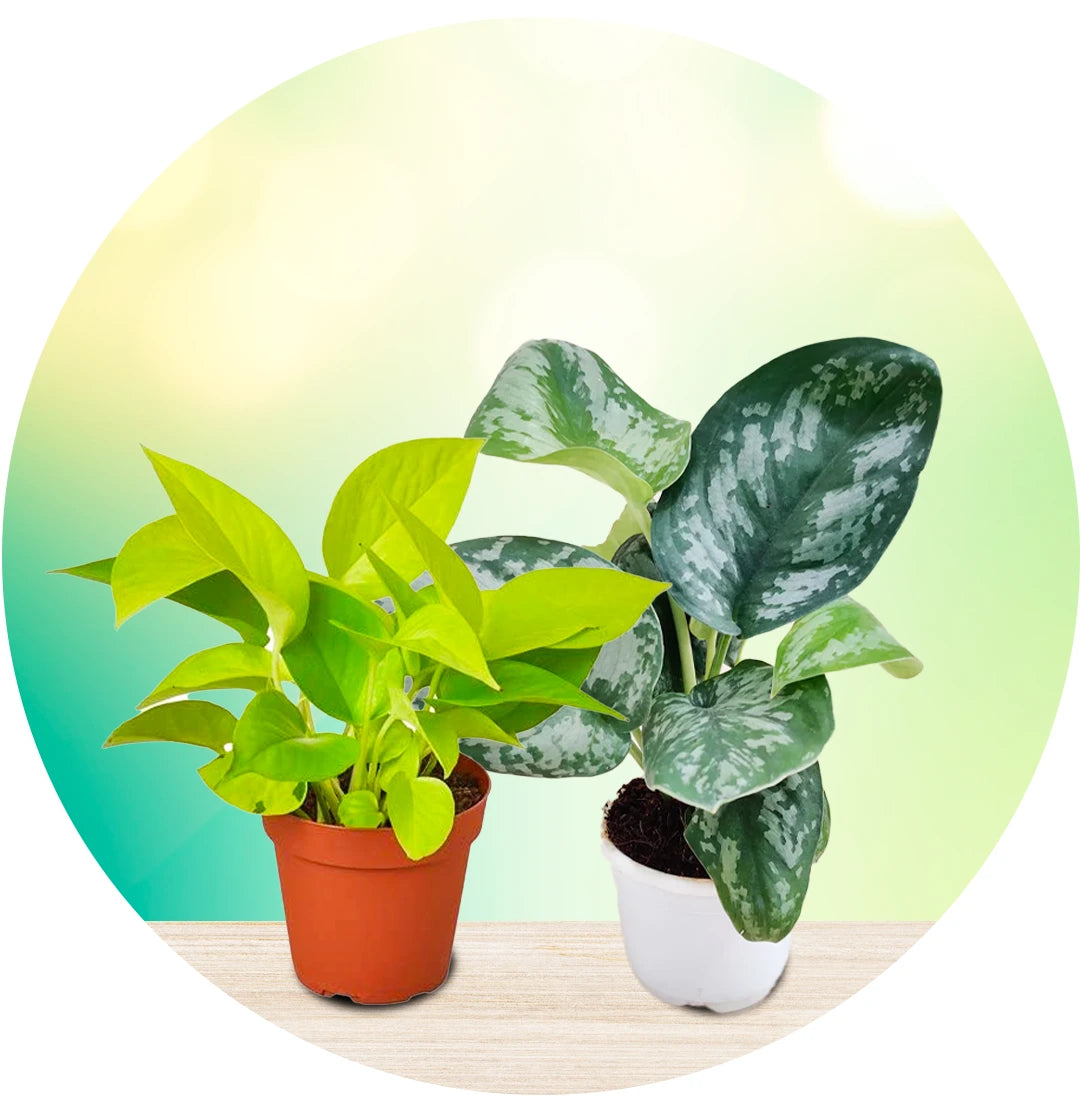
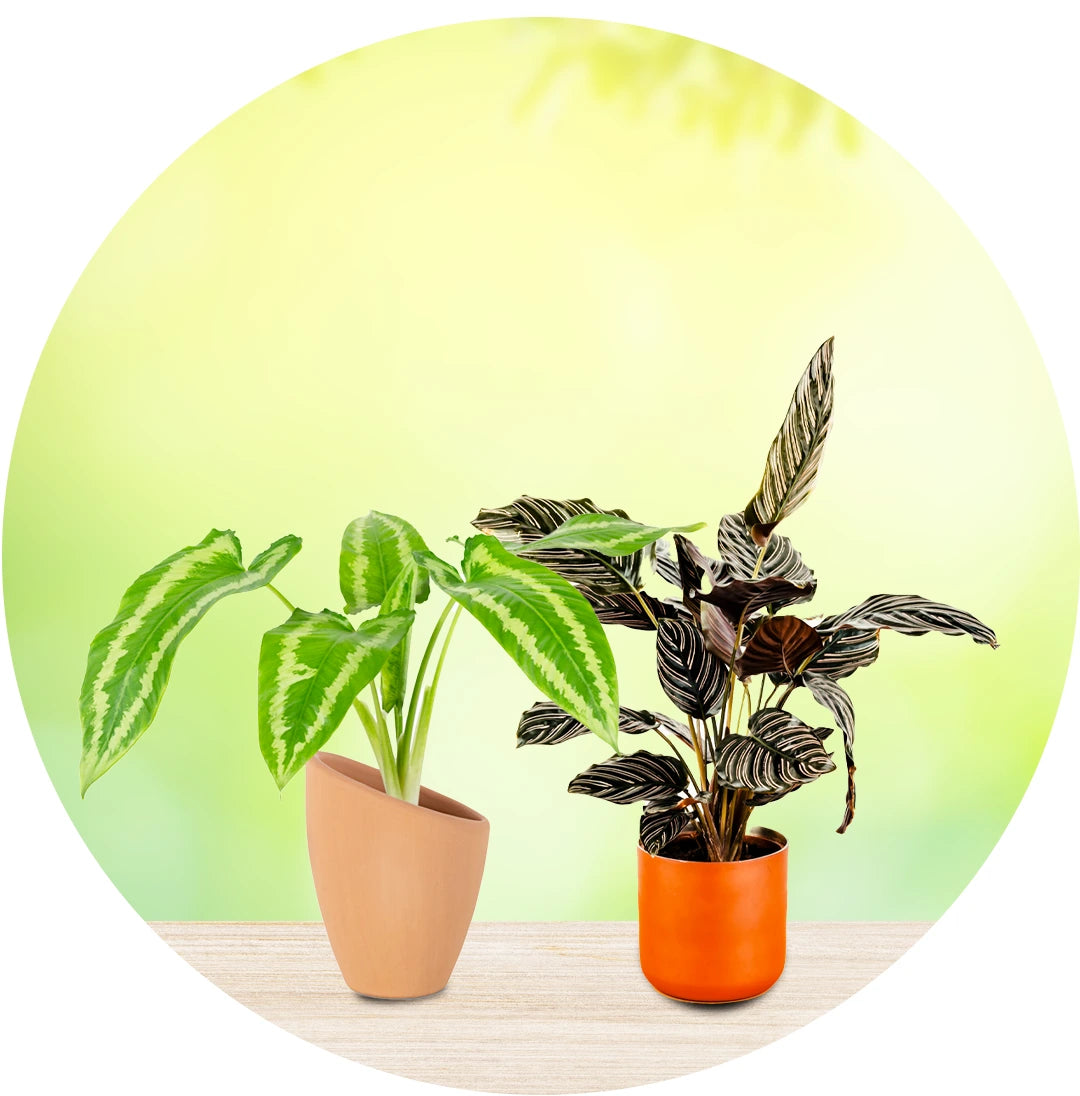
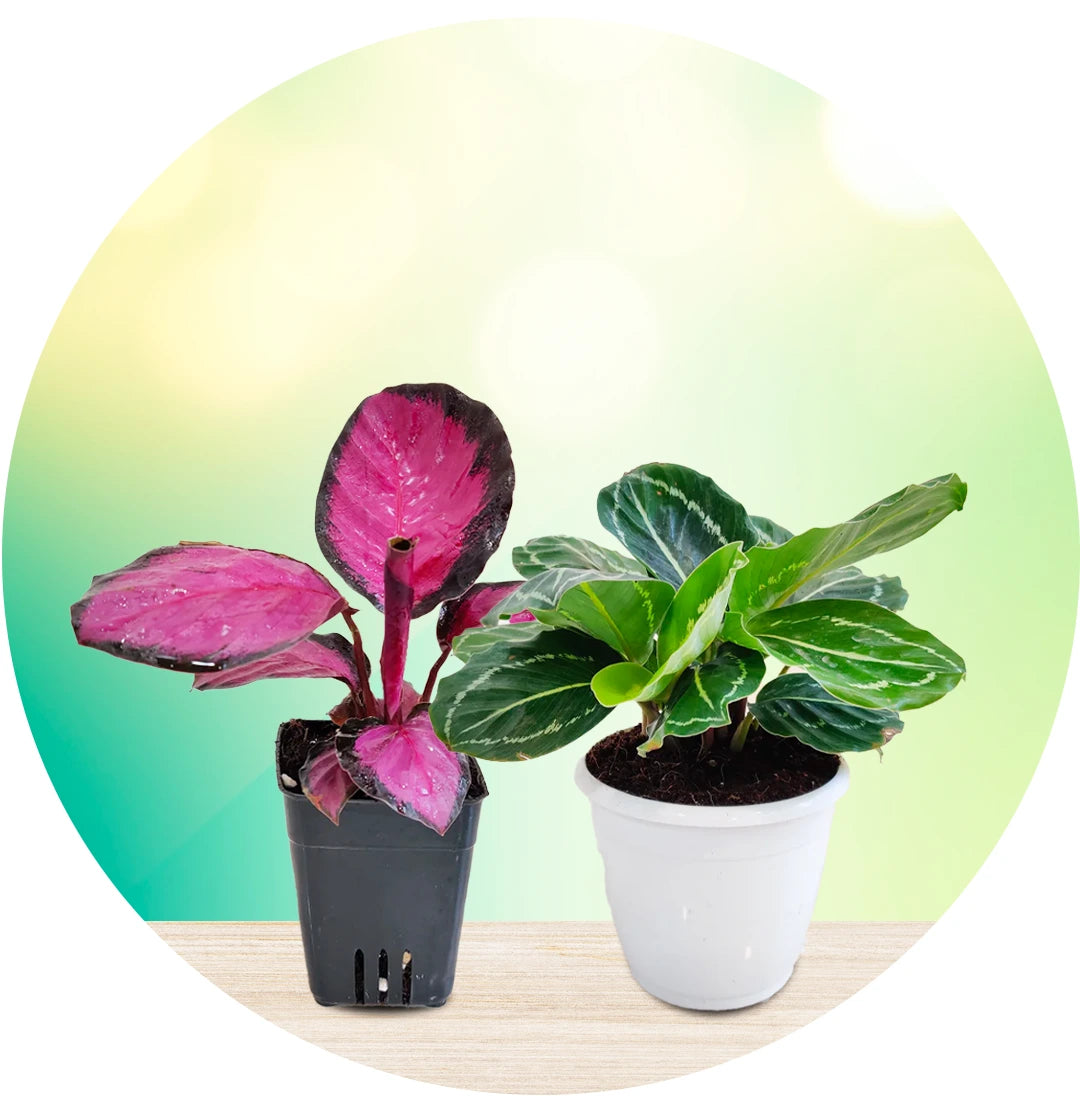
Leave a comment